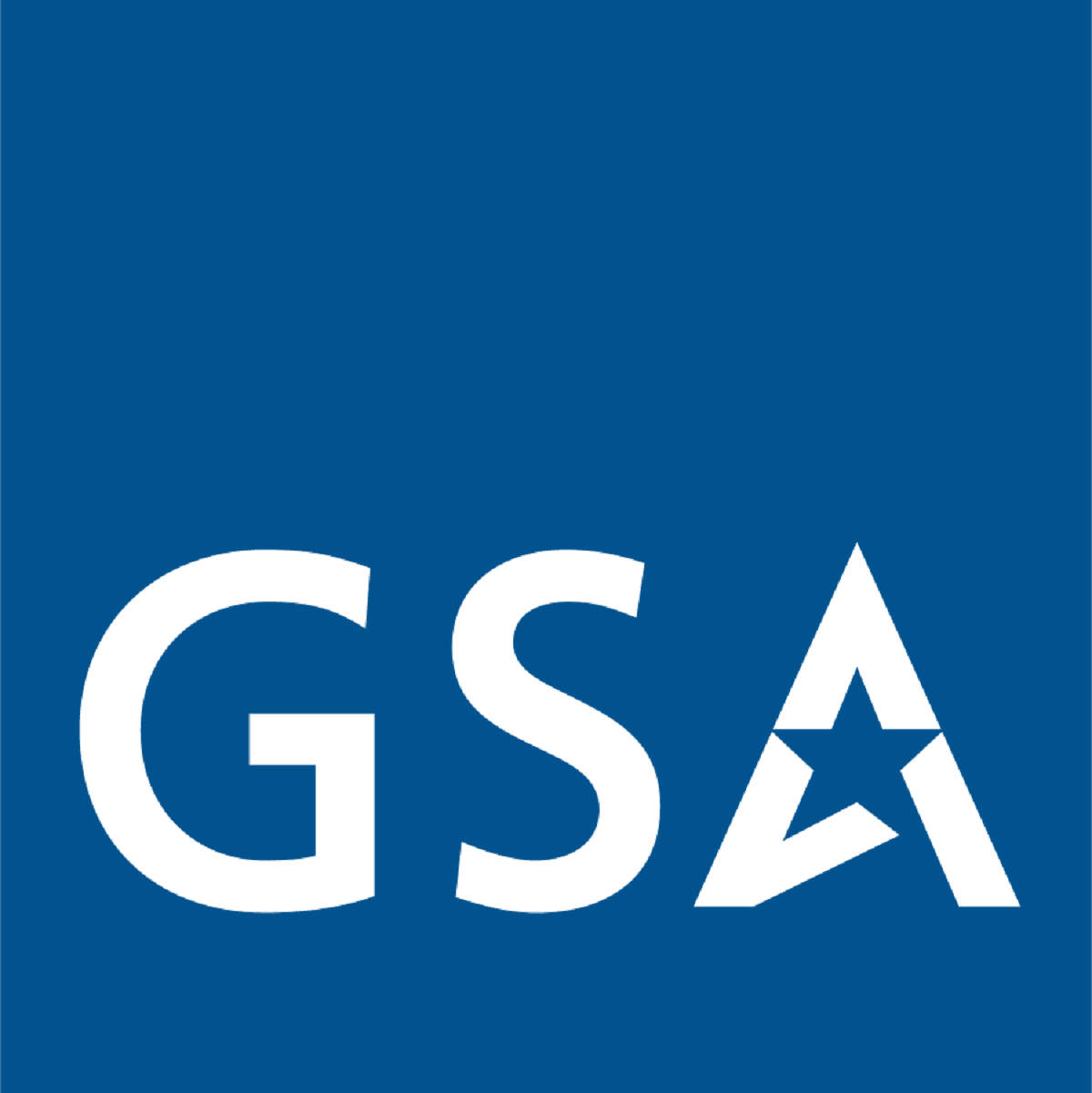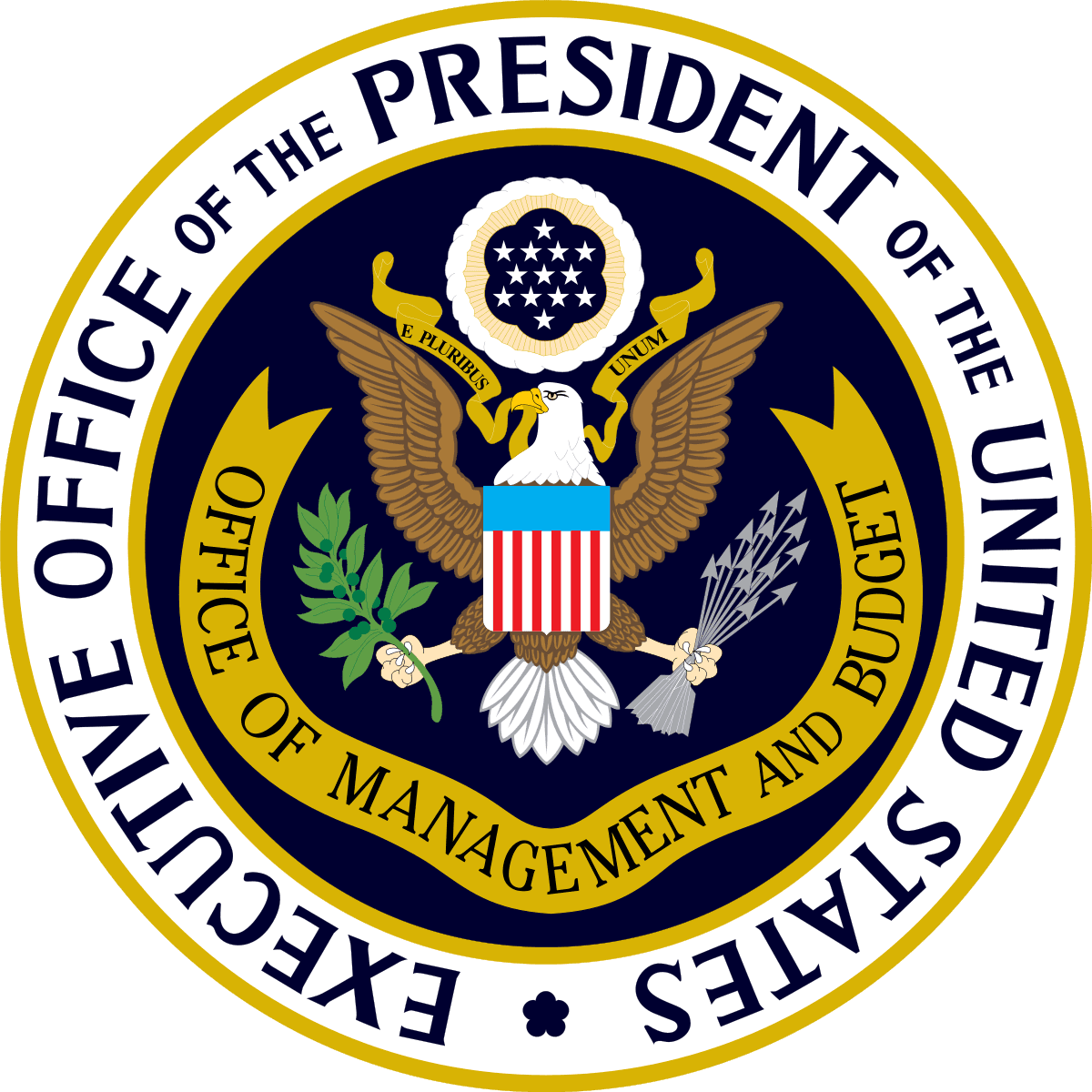Frequently Asked Questions (FAQ)
-
Progress on Agency Priority Goals and Cross Agency Priority Goals are updated on a quarterly basis with a focus on work completed in the prior quarter, work planned for the remainder of the goal period, and the addition of most recent data where available.
Progress on each major Federal agency’s strategic objectives in the agency Strategic Plan is updated annually in the agency’s performance report, where agencies provide a brief description of achievements during the last fiscal year, any challenges encountered, and next steps planned to address identified challenges to drive performance improvements.
-
Federal agencies provide information to the public on their goals and objectives in numerous ways. Federal agencies identify long-term goals and objectives in their Strategic Plans, and identify annual performance goals in their Annual Performance Plans which are updated with the President’s Budget each February. Also, leaders of the 15 Cabinet departments and 9 other large Federal agencies set a few near-term implementation-focused Agency Priority Goals to achieve within a 24-month time frame. These Agency Priority Goals represent a small number of ambitious, outcome-focused performance goals that hinge on strong execution, rather than additional resources or legislative action
Federal agencies report progress on their performance goals in their Annual Performance Reports or their Performance and Accountability Reports (PARs), which are updated either in February or November each year, respectively. Agencies post their Annual Performance Reports or PARs, Strategic Plans, and Annual Performance Plans, on their websites. Performance.gov provides a one-stop shop for links to this agency information.
In making government performance information more easily understood to the public, Performance.gov also provides, on a single central website, an integrated view of agency strategic goals and objectives, and detailed information on each Agency Priority Goal. The site also has information about the Cross-Agency Priority Goals which are used to implement the President’s Management Agenda, and include government-wide mission and management priorities. The Performance.gov website, as a whole, comprises the Federal performance plan.
-
Established by the GPRA Modernization Act of 2010, the Cross-Agency Priority (CAP) Goals are a tool used by leadership to accelerate progress on a limited number of Presidential priority areas where implementation requires active collaboration among multiple agencies. These include outcome-oriented “mission” goals that cover a limited number of crosscutting policy areas, (e.g. Infrastructure Permitting, Veterans Mental Health, Cybersecurity) and “mission-support” goals addressing areas such as financial management, human capital management, information technology management, and procurement. Long-term in nature, CAP Goals drive cross-government collaboration to tackle government-wide management challenges affecting most agencies. CAP Goals are a subset of Presidential priorities, and are complemented by other cross-agency coordination and goal-setting efforts.
-
To develop the CAP Goals, OMB works with senior policy officials and agencies based on criteria which include: 1) whether a goal has clear cross-agency implementation actions that have been identified, 2) whether setting a CAP Goal would likely accelerate progress, and 3) whether it aligns with Administration priorities.
Studies by the Government Accountability Office (GAO) are considered in selecting CAP Goals. In addition, OMB consults with congressional committees as well as considers congressional questions and suggestions as it finalizes the CAP Goals, strengthening the partnership between the Congress and the executive branch that is critical to performance improvement over the long run.
-
The GPRA Modernization Act of 2010 was enacted on January 4, 2011. The Act amends the performance management framework created by the Government Performance and Results Act of 1993 (GPRA). GPRA in 1993 established strategic planning, performance planning, and reporting as a framework for agencies to communicate progress in achieving their missions. The GPRA Modernization Act builds upon those GPRA requirements, including by allowing for the more frequent production of data, an emphasis on agencies' highest-priority goals, codifying new elements of performance management, and aligning planning processes with election cycles.


